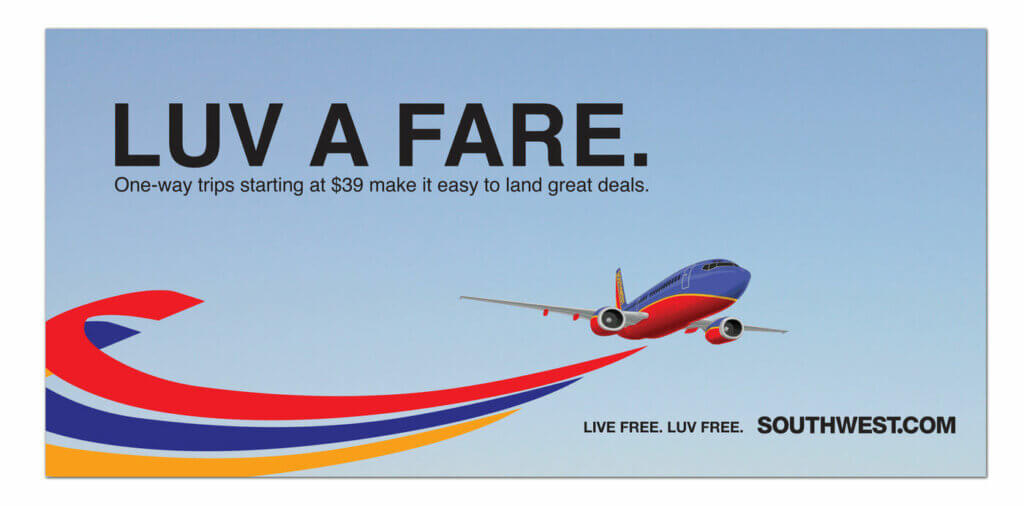If you’re thinking about starting a business, you’ll need your own brand, and you’ll also need to market your products or services. But figuring out the difference between branding and marketing can be tricky. There’s definitely overlap between the two, but they’re not the same—and you need to know the difference if you want to build a successful business.
In this post, I’ll talk about how branding and marketing differ, and how they work hand-in-hand!
What Is Branding?
Before we can discuss the difference between branding and marketing, we need to lay some groundwork—and we’ll start with branding.
So what exactly is a brand? It can be a tricky thing to define, but think of it as your business’ unique personality combined with the way the world perceives that personality.
As Pat writes in the SPI Beginner’s Guide to Branding: A brand is the idea, image or feeling that people have when they use or think about specific products. It’s who you are, who you want to serve, and what people perceive you to be.
Your brand is the foundation of your company. It’s who you are.
We live in a world of brands, whether we’re always aware of it or not. And some brands stand out above others, occupying a special place in many people’s minds. (You may even have a few favorite brands of your own!)
Think of iconic brands like Nike, Toms Shoes, Trader Joe’s, Disney, Tesla, and LEGO. These are brands that immediately bring to mind specific ideas and images. Most of us could probably readily identify what makes these brands stand out and what they stand for:
- Nike = Empowerment (“Just do it!”)
- Toms Shoes = Altruism (“We ‘stand’ on issues that matter”)
- Trader Joe’s = Good food that’s fun to buy (Cookie Butter, anyone?)
- Disney = Quality family entertainment (Creating happiness through magical experiences)
- Tesla = Innovative electric cars with great design (that will save the environment)
- LEGO = Innovative building blocks that encourage creativity in kids (and adults!)
Each of the products we use every day has a distinct brand “personality.” When we use those products, it conjures certain ideas and emotions, whether we realize it or not.
But creating this kind of impact with your brand isn’t automatic. Cultivating a brand personality that resonates with your target audience doesn’t just happen on its own. A company or person has to establish and cultivate their brand, to find out what their audience wants and how their products or services stand out from the competition’s.
We’ll talk more about how to start creating your brand identity in a moment. But let’s first cover the crucial difference between branding and marketing, so you can conceptualize how the two work together.
What’s the Difference between Branding and Marketing?
As we’ve discussed, your brand is foundational. It’s who you are. As a result, everything you do as a company should grow out of your brand. That includes the language you use to talk to your customers, to the way you interact with potential clients, to (yes) your logo and website design, and much more.
We’ve talked a little about what a brand is, but let’s get a little more granular. Your brand is your (or your company’s) unique personality. It:
- Helps customers identify you or your products
- Helps distinguish your or your products from the competition
- Influences how people perceive you or your business
- Increases the value of you or your business
Marketing, on the other hand, is a set of tools and strategies that will help you promote your products and services, including your:
- Website
- Social media accounts
- Email campaigns
- Online advertising
- Search engine optimization (SEO)
- Content creation and design
- YouTube videos
- Events
- Etc.
Everything your company does flows from its branding. Your marketing tactics and materials, your customer service, and even how you treat your employees should reflect your brand’s personality.
How Do Branding and Marketing Work Together?
Your branding and marketing should work hand-in-hand. Marketing is the way you deliver the message of your brand personality to your audience. To help demonstrate this relationship, we’ll turn to another iconic brand, Southwest Airlines.
Branding and Marketing in Harmony: The Southwest Story
Southwest Airlines, founded in 1967, branded itself as the “love” airline in the early days. Its brand personality is empathetic, fun, and casual—and this personality comes across in everything the airline does.
While the airline is basic (no assigned or premium seats), people love to fly Southwest because they still get a great experience. Flight attendants may sing happy birthday to a passenger, offer free drink coupons, or sing the flight announcements. So the whole experience is fun, and passengers feel cared for. There are no baggage fees, and it’s free to change your flight. They also treat their employees well. (They’ve never laid off a single employee.)
Everything Southwest does, from customer service to marketing and advertising (“You Are Now Free To Move About the Country”), to how it treats its employees, reflects its brand personality.
Similarly, your brand should be the foundation of your marketing strategy. Every piece of marketing collateral, whether it’s your website, emails, social media accounts should reflect your brand’s personality.
Let’s go back to our Southwest Airlines example. The core of their brand is “love.” They want to exude empathy and connection with their target audience. How do they convey this through their marketing?
- The Southwest logo includes a heart symbol
- A heart is painted on the underbelly of each plane
- The letters LUV are the Southwest Airlines stock market symbol
- Ads include copy like “Luv a Fare” and “Luv is Never Out of Reach”

You get the idea! Of course, Southwest Airlines is a big corporation, and you may be a solopreneur, or maybe you haven’t even started your business yet!
Still, it’s a good idea to get a grasp now on your branding: Who are you serving? What problem are you helping those people solve? And how is your company different/better than the competition? If you’re clear on those three things and keep them in mind when you market your products, you’ll be well on your way to finding success.
Is all that easier said than done, though? Maybe. Getting your brand right is a big deal, so if you need a little help, read on.
How Do I Create (Or Discover) My Own Brand?
Southwest Airlines is a case study in how to succeed at branding. The company created an identity based around serving passengers who didn’t want to spend much money but wanted some fun and humanity in their flying experience. Southwest knew who they were serving, and what would make them stand out from the competition.
But many business owners struggle to create an authentic brand identity that resonates with their target audience. If you’re starting your own business, you might be feeling a bit overwhelmed at the thought of creating a brand for your business. How are you going to get your branding just right?
Never fear! We’re here to help out.
First, remember that your branding grows out of three things:
- Who your business is serving.
- What problem you’re helping them solve.
- How you can help your customers better and differently than anyone else.
Putting these three things front and center will help keep you on the right track!
Next, here’s a quick video where Pat will walk you through an exercise to help you determine who you’re serving, and how you’re helping them better/differently than others.
I hope you find this video helpful! It’s from the first lesson of Build Your Own Brand, our completely free course that will help you get your brand up and running in just five days. You can also read the SPI Beginner’s Guide to Branding, to get a more in-depth understanding of branding.
Looking for Marketing Resources?
Last, but not least, if you’re looking for marketing resources, we’ve got you covered too. Visit our Digital Marketing Done Right page to find a wealth of resources on digital marketing, from in-depth guides on using webinars to build your business, to workshops and courses, plus marketing blog posts and case studies.
 Karen Beattie
Karen Beattie
 Matt Gartland
Matt Gartland Ray Sylvester
Ray Sylvester

